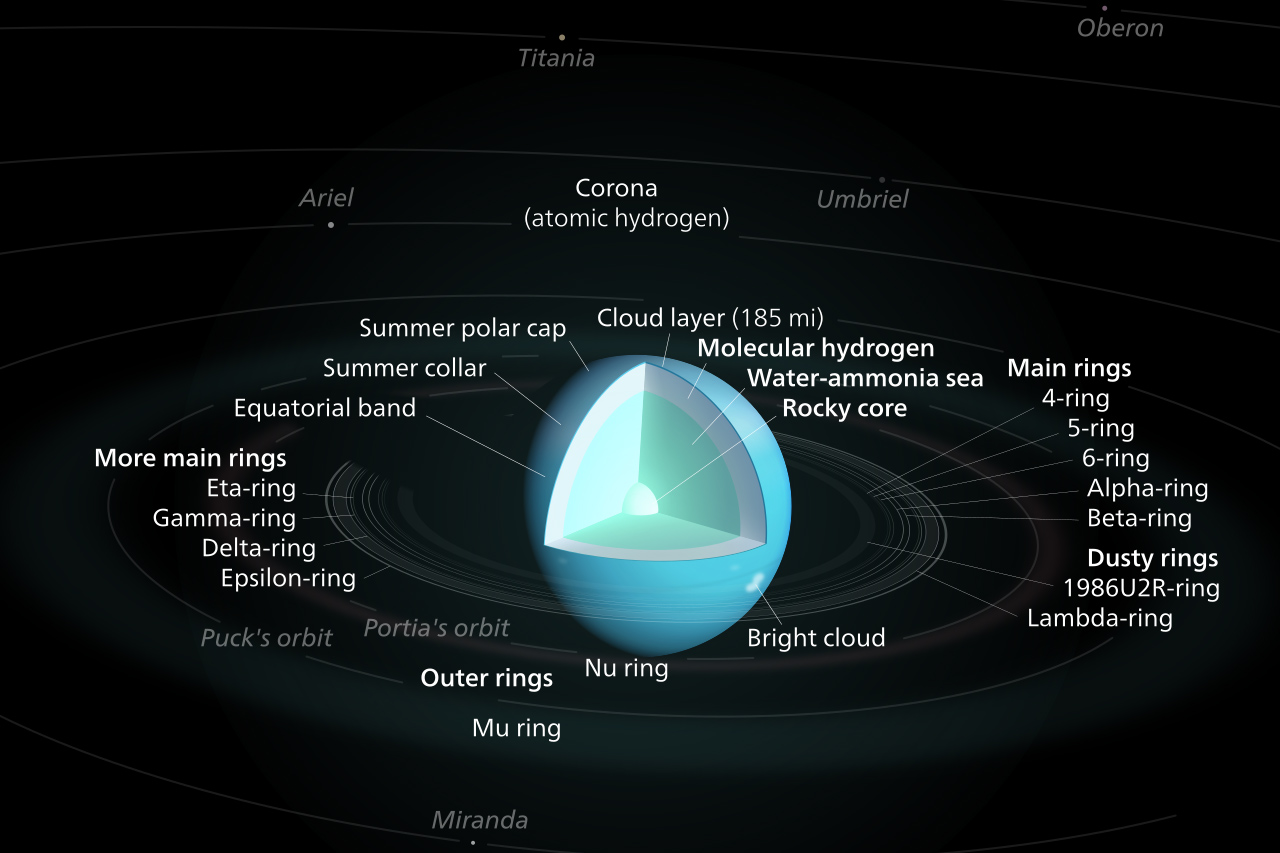
Jupiter and Saturn are so large that the gas is compressed in their interior until the hydrogen becomes a liquid.

On Earth, both hydrogen and helium are gases, so Jupiter and Saturn are sometimes called gas planets. The two largest planets, Jupiter and Saturn, have nearly the same chemical makeup as the Sun they are composed primarily of the two elements hydrogen and helium, with 75% of their mass being hydrogen and 25% helium. Certainly their compositions are dominated by different elements. The fact that there are two distinct kinds of planets-the rocky terrestrial planets and the gas-rich jovian planets-leads us to believe that they formed under different conditions.



 0 kommentar(er)
0 kommentar(er)
